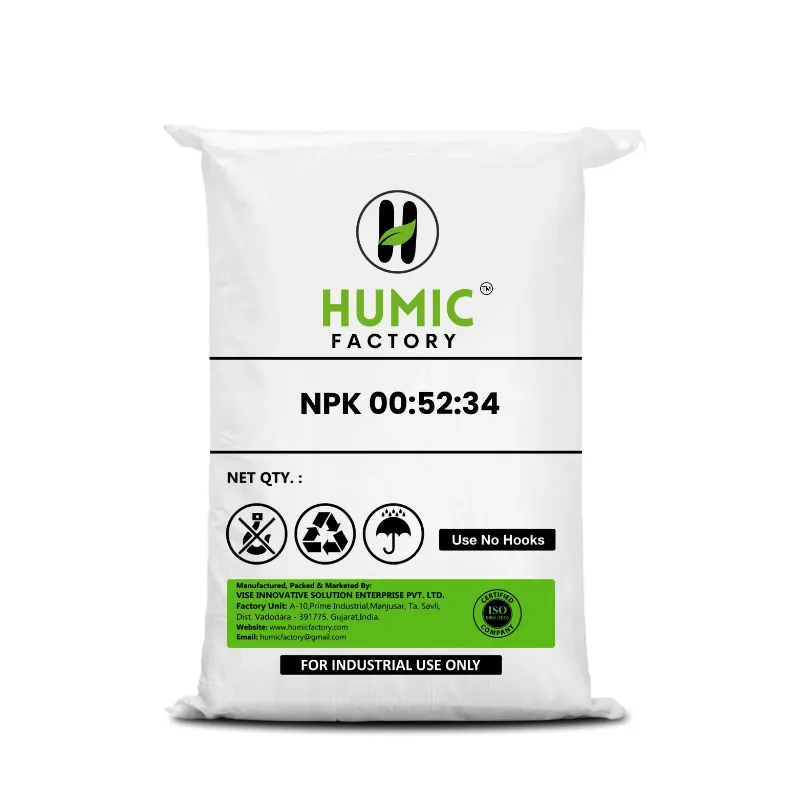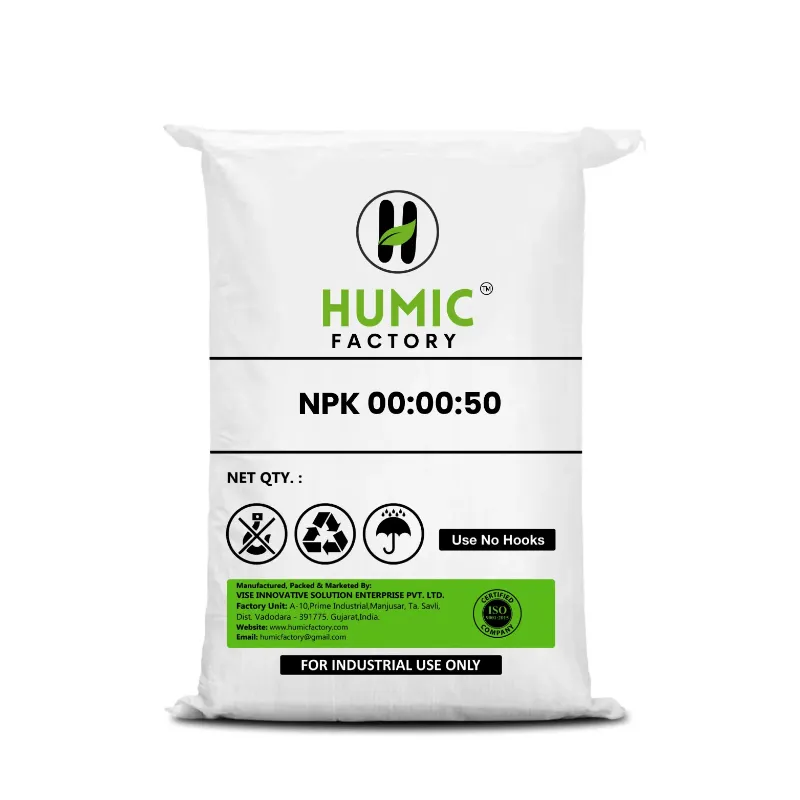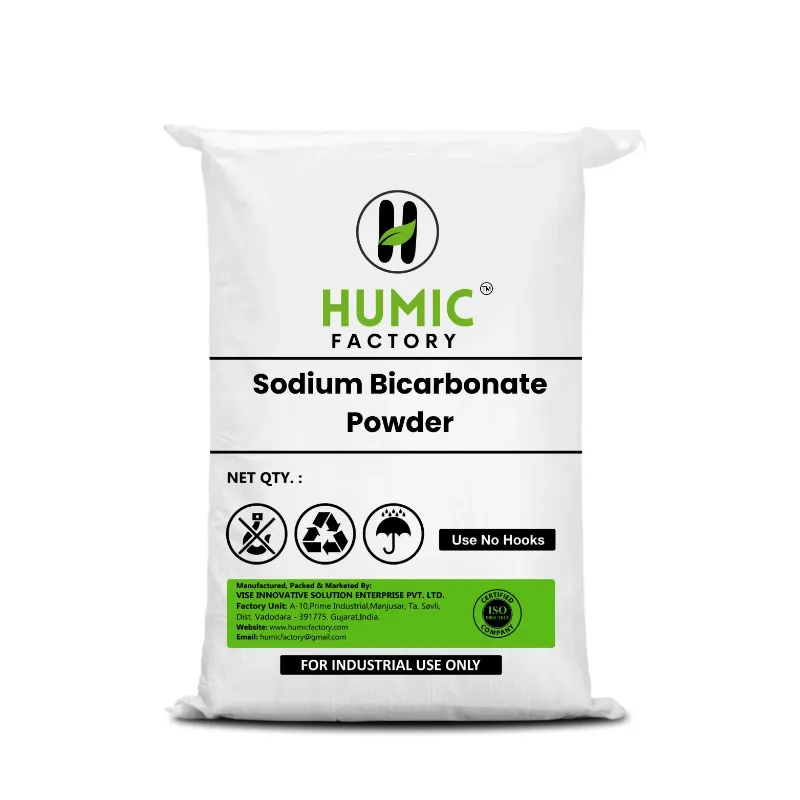The NPK label on a bag of fertilizer contains the key to healthy, strong, and fruitful plants. The three essential nutrients every plant needs to grow, grow, bloom, and resist disease: nitrogen (N), phosphorus (P), and potassium (K). All plants require these nutrients, in different amounts for each plant.
If you know what the NPK fertilizer label says about how to feed plants, you can make informed decisions. For example, leafy vegetables require more nitrogen for greener, thicker growth; flowering plants typically need more phosphorus being extra; the third element, potassium or K in the NPK ratio, can help build overall plant strength and resistance / immunity.
Knowing what the NPK fertilizer label says is even more important if you are using an NPK liquid fertilizer product. Liquid fertilizers work quickly, and the accuracy and direction of application is important. NPK liquid fertilizers can be particularly useful for container gardening and hydroponics because the soil less medium must take up nutrients relatively quickly.
If you're more socially conscious and prefer gardening sustainably by using organic fertilizers, there is an option for N P K organic fertilizers." Organic nutrient fertilizers release the nutrients slowly to promote health of the soil, as well as have sustainable long term fertility for plants. Considering its versatility makes it a good option for gardening movements.
Introduction: Why Understanding the NPK Label is Crucial for Your Garden's Success
Just like it is crucial to understand the nutrition labels for a healthy diet, it is just as critical to decipher an NPK label on fertilizers to produce a great garden. Whether you are growing leafy vegetables, flowering plants, or vegetables, understanding how to read the NPK fertilizer label means you are feeding your plants exactly what they need to be successful. This will help you ensure they grow better, stronger roots, and produce more while having fewer less than desirable outcomes.
What is an NPK label and why gardeners must decode it
The NPK label tells you what percentage of Nitrogen (N), Phosphorus (P), and Potassium (K) a particular fertilizer contains. The three macronutrients are essential:
- Nitrogen (N) is used for leafy growth
- Phosphorus (P) is used for root development and flowering
- Potassium (K) contributes to overall plant health and reduces disease
As an example, a fertilizer NPK label of 10-20-10 contains 10% nitrogen, 20% phosphorus, and 10% potassium. Decoding this label guarantees you have the correct nutrient mixes based on each plant type and growth stage.
How the npk fertilizer label influences smarter fertilization
The npk fertilizer label allows gardeners to fine-tune nutrient application. The label works for either granular or npk liquid fertilizer and allows you to:
- Stop over-fertilization (burning plant).
- Identify nutrient deficiencies.
- Select the right formulation for the crop´s needs (high phosphorus for flowering).
Using the npk fertilizer label helps to remove the guess work and supports sustainable gardening practices by producing less waste and reducing runoff.
Why every gardener should track nutrients using NPK labeling
Using the NPK label as a reference allows a gardener to:
- Adjust their fertilization schedule to seasonal plant demands.
- Change fertilizer type as a chance for an added nutrient provider or rotate through nutrient sources for balanced nutrition.
- Make an informed choice between a chemical formulation as a nutrient source or an organic N P K product for more sustainable gardening practices.
For example, organic N P K fertilizers usually slowly release nutrients, making them a good choice if long term health and sustainable gardening is the goal.
The Breakdown of the NPK Label: What Do Those Numbers on Fertilizer Bottles Really Mean?
Figuring out what the NPK label on your fertilizer means is the first step to understanding how to encourage health and growth in your plants. The NPK label—like the examples of 10-10-10 or 5-10-5—compiles three important nutrients by weight: Nitrogen (N), Phosphorous (P), and Potassium (K). Each of these three gives the plants different growth functions and attributes.
Understanding the N-P-K ratio for correct plant feeding
The N-P-K ratio of an NPK label describes how much of each nutrient is actually in the fertilizer. For example ours at 10-20-10 contains:
- 10% Nitrogen (N) – for vegetative growth for green foliage
- 20% Phosphorous (P) – for healthy root structure for fruit/flowering
- 10% Potassium (K) – for overall plant health, stress/tolerance, has some disease resistance
Knowing the right ratio allows you to choose the fertilizer that best matches your plant growth stage. Young plants typically require more nitrogen, and then flowering and fruiting plants will have greater demand during phosphorus and potassium essential structures.
Balanced vs. targeted nutrients on an NPK fertilizer label
There are two main types of npk fertilizer labels to consider:
- Balanced Fertilizers (e.g., 10-10-10 or 20-20-20): These are ideal for general garden use or when soil tests show no major deficiencies. They provide equal amounts of all three nutrients and are often found in organic N P K blends for sustainable feeding.
- Targeted Fertilizers (e.g., 5-10-10 or 12-24-12): These are designed for specific needs like root development or flower blooming. They are especially helpful when dealing with plants that have unique nutrient demands.
Understanding which category your fertilizer falls into can help you optimize feeding and avoid overloading your plants with unneeded nutrients.
How to read the npk label for different types of growth
Different plants and stages of growth require specific nutrient support. Here's how to interpret the npk label:
NPK liquid fertilizer is especially effective during growth spurts or recovery periods, as it delivers nutrients quickly and can be easily adjusted to the plant’s needs.
The Role of Each Nutrient in the NPK Fertilizer Label for Healthy Plants
Understanding the three core components listed on every NPK label—Nitrogen (N), Phosphorus (P), and Potassium (K)—is essential for cultivating strong, productive plants. These nutrients each serve distinct purposes and are key to maintaining plant vitality across different stages of growth. Whether you’re using npk liquid fertilizer or a granular organic N P K blend, knowing the role of each nutrient helps ensure smart, targeted feeding.
Nitrogen’s role in green growth and leafy development
Nitrogen (N) is the first number on the npk fertilizer label, and it is essential for:
- Stimulating leafy growth and chlorophyll production
- Supporting early plant development and vibrant foliage
- Promoting overall plant vigor and lush green appearance
Plants such as lettuce, spinach, or kale—those that are grown for their leaves—greatly benefit from nitrogen-rich npk liquid fertilizer, especially during early growth stages.
Phosphorus for stronger roots and more flowers
Phosphorus (P), the second number on the npk label, is a crucial nutrient for:
- Developing a strong and deep root system
- Enhancing flower and fruit development
- Encouraging early plant establishment and seed production
Phosphorus is especially important during the seedling and flowering phases. A npk fertilizer label with higher phosphorus content (like 10-20-10) is ideal for flowering plants, root vegetables, and young transplants.
Potassium for plant defense and quality fruiting
Potassium (K), the third number on the npk fertilizer label, contributes to:
- Improving overall plant immunity and stress resistance
- Enhancing fruit size, flavor, and color
- Regulating water uptake and strengthening cell walls
Fruits and vegetables like tomatoes, peppers, and melons thrive on potassium-rich formulas. Using an organic N P K fertilizer with balanced potassium helps boost yield while maintaining soil health.
How to Choose the Right Fertilizer Using the NPK Label
Choosing the correct fertilizer is easier when you know how to read and interpret the NPK label. Each plant type has unique nutrient needs, and the numbers on the npk fertilizer label can guide you toward smarter, more efficient fertilization. Whether you’re looking for fast results using npk liquid fertilizer or want an eco-conscious approach with organic N P K, selecting the right product starts with understanding your plant’s growth goals.
Matching npk liquid fertilizer formulas to plant types
NPK liquid fertilizers are ideal for gardeners who want quick nutrient delivery to their plants. Because they’re water-soluble, they’re absorbed more rapidly by roots or leaves and allow more precision in feeding.
Examples:
- Leafy vegetables (like spinach or lettuce): Look for high-nitrogen liquid NPK, such as 20-10-10.
- Flowering plants (like roses or marigolds): Use a phosphorus-rich blend like 10-20-10.
- Fruit-bearing vegetables (like tomatoes or cucumbers): A balanced or potassium-rich NPK such as 10-10-20 helps promote flowering and fruit development.
How to select organic N P K options for eco-friendly gardening
For sustainable gardening, organic N P K fertilizers offer a natural alternative to synthetic products. These are made from composted materials, bone meal, seaweed, and other natural sources that feed both plants and soil microbes.
Why choose organic NPK?
- They improve long-term soil structure and health.
- They release nutrients slowly, reducing the risk of over-fertilization.
- They are safer for pollinators, pets, and the environment.
Best NPK label choices for vegetables, flowers, and lawns
Knowing your plant category helps in decoding the npk fertilizer label to make informed purchases. Different plant groups require different NPK ratios at different stages.
Vegetables:
- Early stage: High nitrogen (e.g., 10-5-5)
- Fruiting stage: Balanced or potassium-rich (e.g., 8-8-10)
Flowers:
- High phosphorus for flowering: Use something like 5-10-5
Lawns:
- Nitrogen-dominant for lush green blades: 20-5-10 is a common lawn blend.
Avoiding Common Mistakes When Using an NPK Fertilizer Label
While the NPK label is designed to guide gardeners toward healthier, more productive plants, misreading or misapplying that information can lead to disappointing results—or worse, damage to your garden. Whether you use npk liquid fertilizer or prefer organic N P K, it’s important to understand the numbers and balance nutrients appropriately. Below are key points and tips to help avoid common mistakes when using an npk fertilizer label.
Misinterpreting numbers: a common fertilizer mistake
One of the most frequent errors gardeners make is misunderstanding the NPK label. The three numbers on a fertilizer package (e.g., 10-10-10) represent the percentage of nitrogen (N), phosphorus (P), and potassium (K) by weight. Each nutrient plays a specific role in plant development.
What to watch for:
- Assuming more is better: A higher number doesn’t always mean better results. Too much nitrogen, for example, can cause lush leaves but no fruits.
- Not matching NPK to plant needs: A one-size-fits-all approach often results in poor growth or waste.
- Ignoring growth stage requirements: Plants require different NPK balances at different life stages—vegetative, flowering, and fruiting.
Overuse of npk liquid fertilizer and how to prevent damage
NPK liquid fertilizers are highly effective due to their fast absorption, but this also makes them prone to misuse. Applying too much or too frequently can lead to:
- Leaf burn
- Root damage
- Salt buildup in soil
How to avoid overuse:
- Always dilute liquid fertilizers as instructed on the npk fertilizer label.
- Apply during cooler parts of the day (morning or late afternoon) to prevent quick evaporation.
- Monitor plant response—yellowing, curled leaves, or stunted growth could indicate over-fertilization.
Ensuring balance: What to avoid when applying based on NPK label data
Balanced fertilization is essential. Whether you use synthetic or organic N P K, imbalance can hinder growth and damage soil health.
Mistakes to avoid:
- Applying a nitrogen-heavy mix throughout the season can promote foliage at the expense of fruits and flowers.
- Neglecting potassium may weaken plant immunity and reduce harvest quality.
- Skipping phosphorus can result in poor root systems and limited flower production.
Environmental Value of Reading the NPK Label Responsibly
Understanding and using the NPK label correctly not only benefits your plants—but also protects the environment. Whether you're working with a npk liquid fertilizer or an organic N P K blend, responsible use can help reduce pollution, build healthier soil, and promote sustainable gardening.
Reducing runoff by using the right npk liquid fertilizer dosage
Improper fertilizer use—especially overapplication—can lead to nutrient runoff. When excess nitrogen and phosphorus from npk liquid fertilizer enter waterways, they can trigger harmful algae blooms and disrupt aquatic ecosystems.
How reading the NPK label helps prevent this:
- Accurate dosing: The npk fertilizer label shows exact nutrient percentages, helping you apply just the right amount.
- Targeted application: Knowing the correct NPK ratio ensures you're feeding what the plant needs—no more, no less.
- Smart scheduling: Liquid fertilizers work fast; applying only during key growth stages (e.g., flowering or fruiting) avoids waste.
Organic N P K blends and their role in sustainable soil care
Organic N P K fertilizers are made from natural sources like compost, seaweed, bone meal, or manure. They release nutrients slowly and improve soil structure over time, making them ideal for eco-conscious gardening.
Benefits of using organic NPK:
- Low environmental impact – No synthetic chemicals that can harm beneficial microbes.
- Improves soil fertility – Organic matter enriches the soil with carbon and microbial life.
- Sustainable sourcing – Most organic fertilizers are renewable and biodegradable.
Long-term plant health through mindful fertilizer label reading
Careful reading of the npk label enables you to make decisions that not only boost current growth but also support your garden’s future.
Responsible practices include:
- Rotating fertilizers based on seasonal needs and crop types.
- Monitoring soil health with regular testing and adapting NPK input accordingly.
- Maintaining nutrient balance by choosing the right formula (e.g., high P for root crops, more K for fruiting plants).
FAQs
Q1. What is an NPK label?
An NPK label shows the ratio of nitrogen (N), phosphorus (P), and potassium (K) in a fertilizer. These three nutrients are essential for healthy plant growth.
Q2. How do I use the npk fertilizer label to choose the right product?
Use the npk fertilizer label to match nutrient ratios to your plant's needs—for example, high nitrogen for leafy greens, or high phosphorus for root development.
Q3. Can I use npk liquid fertilizer for all plants?
Yes, npk liquid fertilizer can be used for most plants, but it’s important to adjust the dosage and NPK ratio depending on the plant type and growth stage.
Q4. What makes organic N P K fertilizers different?
Organic N P K fertilizers are made from natural materials like compost or manure. They release nutrients slowly and improve long-term soil health without harsh chemicals.
Q5. What happens if I misread the NPK label?
Misreading the npk label can lead to over-fertilizing or nutrient imbalance, which may harm plants and pollute soil or water through chemical runoff.
Conclusion: Make Informed Fertilizer Choices with Confidence by Mastering the NPK Label
Understanding the NPK label is one of the most empowering tools a gardener can have. Whether you're growing vegetables, flowers, or maintaining a lush lawn, decoding the numbers on your fertilizer package allows you to feed your plants with exactly what they need—no more, no less.
NPK label knowledge = better plant growth and garden success
When you understand the npk fertilizer label, you're not just guessing—you’re applying nutrients with purpose.
- Nitrogen (N), Phosphorus (P), and Potassium (K) each play a unique and vital role in plant development.
By selecting the right NPK ratio for your plant type and growth stage, you support stronger roots, lush foliage, better blooms, and bigger harvests.
How reading npk fertilizer labels reduces waste and boosts efficiency
Over-application of fertilizers can waste money and damage your plants.
- Using the npk fertilizer label ensures you apply only what your soil lacks, reducing waste and increasing nutrient efficiency.
- This precision helps you avoid common pitfalls like nutrient burn or soil toxicity, especially with npk liquid fertilizer, which acts fast and requires careful measurement.
Combine organic N P K options with smart label reading for greener results
Choosing organic N P K fertilizers alongside smart NPK label reading creates the perfect synergy for a sustainable garden.Organic fertilizers release nutrients slowly, improving soil structure and microbial health.
When used with clear NPK knowledge, organic blends can provide all the benefits of synthetic fertilizers—without the environmental risks.






